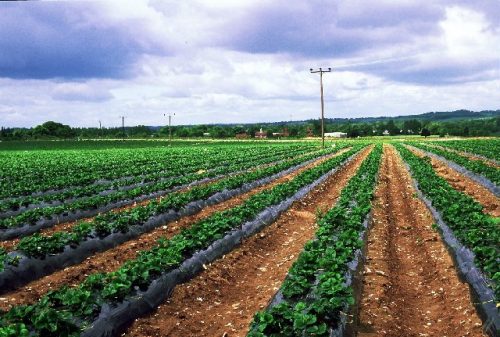
The Farm Bill is a set of laws passed every five years and significantly affects farmers’ incomes, agricultural practices, and food availability. The Farmer Law lays the groundwork for the food and agricultural systems by providing funding for a wide variety of programs, including crop insurance for farmers, access to healthful food for low-income families, training for new farmers, and encouragement of sustainable farming methods. It must ensure that this landmark legislation benefits farmers, consumers, and the environment in your capacity as a preeminent proponent of family farming and sustainable agriculture.
What are the Important Elements of Farmer Law?
- Section 1: Commodities: Growers of non-perishable crops, including corn, soybeans, wheat, rice, and sugar, are protected from market fluctuations and guaranteed a steady income according to the Commodities title. Help for farmers affected by natural disasters is also included.
- Section 2: Environmental Preservation: Programs that assist farmers with retiring or easing their land to conserve natural resources on working fields like pasture and farmland fall under the Conservation heading.
- Section 3: Commerce: Both domestic and international food aid programs, including those subsidizing food exports, fall under the Trade heading.
- Section 4: Food and Nutrition: The Supplemental Nutrition Assistance Program (SNAP; formerly known as food stamps) and other smaller nutrition programs that assist low-income Americans with meeting their daily nutritional needs are covered under the Nutrition title. More than 75% of 2018 Farm Act expenditures were expected to go toward mandatory nutrition-program funding. ERS Ag and Food Statistics: Charting the Essentials, Food Security and Nutrition Assistance has information on how much money is spent on food and nutrition programs.
- Section 5: The Credit: Credit refers to federal loan programs that assist farmers in obtaining the capital they want for business expansion and maintenance through direct loans, loan guarantees, and other financial instruments.
How Much Does the Farm Bill Cost?
According to CBO estimates, the total cost of the 2018 Farm law during its five-year lifespan will be over $428 billion.
Even though the agricultural bill spending estimates are forecasts, some are more reliable than others. What happens in commodities prices and the economy over the next five years will determine how much the bill’s three critical sets of entitlement programs will cost: commodity, crop insurance, and SNAP. Since this is an estimate, actual expenses may be more significant or lower.
Are There Any Changes in Farm Laws?
Depending on the policy priorities at that particular period of time, the US Farm law may change pre-existing laws over its whole scope of jurisdiction. New Farm Bills often extend, alter, and replace sections of older Farm Bills, especially for commodities, conservation, and rural development programs. Moreover, the bill extends, revises, and replaces provisions of laws that regulate sectors that intersect Farm Bill authority.
Any of these provisions of prior or related laws that the new bill does not change are still in effect. Because of this, the new bill may not be the final word on all the regulations and programs affecting US food and farm policy.
For CSP and other working lands conservation initiatives, NSAC will push for substantial funding increases in the 2023 Farm Bill. It is more critical than ever that the federal government increase funds for conservation programs.
A visa type has emerged that helps US farmers indulge in seasonal work in various other countries. Farmer Law – H-2A Visa program allows employers who are experiencing a shortage of local farmers to bring foreign farmers to the US to do agricultural work, which includes cultivating, harvesting, and planting. Workers benefit from the H-2A program since it allows them to enter the nation to find gainful employment. Still, companies are the ones who must apply to the program by submitting visa applications.
Interesting Related Article: “Will California Farmers Markets Expand the Cannabis Industry?“

